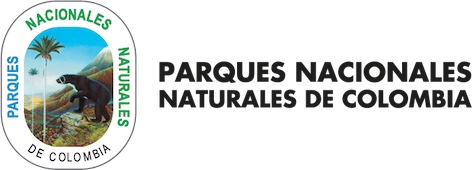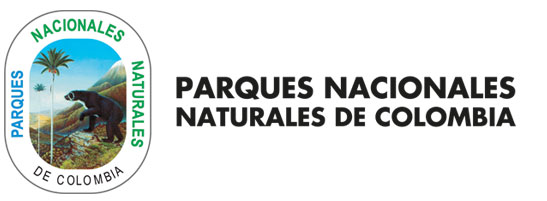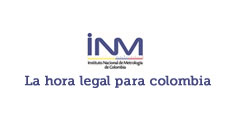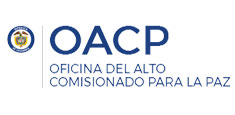Through USAID, the United States has supported 134 productive development projects in Caquetá
Bogotá, D.C. 16 June 2015 (MADS) As part of the government’s efforts to stop deforestation in the Colombian Amazon jungle, the minister of Environment and Sustainable Development, Gabriel Vallejo López, signed today a “Memorandum of Understanding” with the United States Agency for International Development – USAID, which reinforces cooperation bonds, centering its efforts on the generation of sustainable development alternatives for the region.
The Ministry of Environment and Sustainable Development (MADS by its name in Spanish), leader of the 2020 Amazon Vision strategy, has developed and established cooperation guidelines framed within four pillars of intervention that will define the results of the reduction of deforestation. These are mechanisms for governance, productive legal activities, empowerment of indigenous communities and enabling conditions for research monitoring.
Accordingly, USAID cooperation in the Amazon region, which started approximately in 2010, has concentrated on municipal and community development projects in Caquetá, for which $25 million US dollars have been invested up to now. Peter Natiello, director of USAID/Colombia, emphasized, “this is a recognition of an environmental asset that is not only good for Colombia but also for the world. It is an obligation of the United States to deepen our friendship and alliance in order to protect it, and it is an agreement which compels us to coordinate our activities under the leadership of the Colombian government”.
Similarly, minister Gabriel Vallejo Lopéz stressed the important work that the government of the United States has been developing through programs and projects focusing on sustainable development. “The work you have developed in the Amazon is absolutely strategic (…) There will not be a more important area of the Colombian territory in the post conflict era within which we must provide economic alternatives to the inhabitants, through the strengthening of government institutions and of civil society.
USAID has supported 134 projects emphasizing rural development in the Caquetá region and has established more than 2,300 hectares of cocoa, plantain, rubber and forest species; it has given small farmers access to agricultural credit and contributed to the strengthening of productive chains (such as the “Caquetá Cheese” dairy chain through the stimulus of designation of origin); it has brought electricity to 10 villages, improved 80 km of tertiary and secondary roads, and constructed 27 different public works such as schools, school restaurants and sports facilities.








